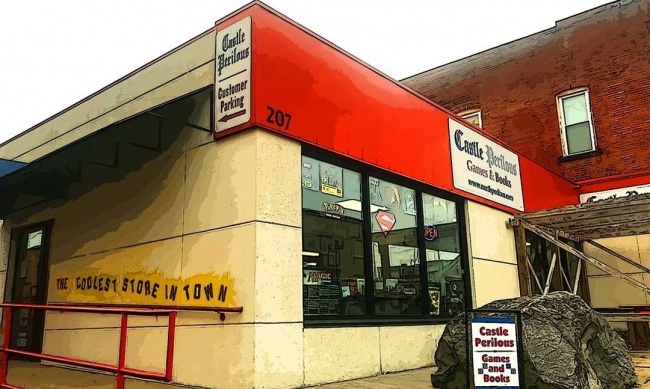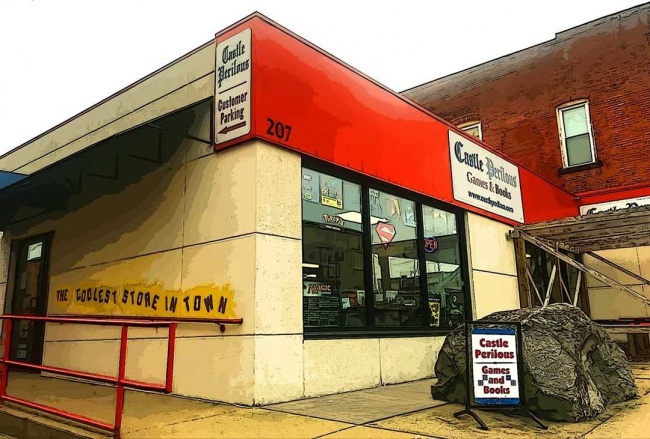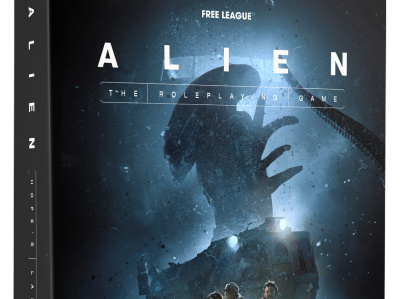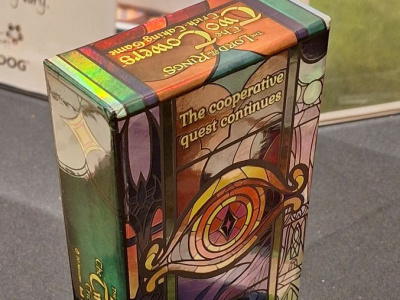Following up on last week’s column I wanted to look at the effect MAP can have on reducing the effect of the Prisoner’s Dilemma (see "Rolling For Initiative -- The Prisoner's Dilemma, Pricing and The Race to The Bottom "). MAP, or Minimum Advertised Price, is a price set by the manufacturer that limits how low a retailer can advertise a product’s price. For example, Games Workshop’s Necron Ophydian Destroyers has a retail price of $55. Games Workshop also has, according to the most recent information I can find, a MAP of 15% which means that no reseller can advertise them for sale at less than $46.75 in any form of media, whether online or in print.
A store can legally sell the figures for less than $46.75, of course. Nothing is stopping it from telling a customer the store will sell the figures for $39.99 or a website can set its shopping cart to discount the price of the figures even further once a customer puts the figures into the cart, as courts have deemed that not an advertised price. During Amazon’s recent Prime Days sale, I noticed a Ravensburger product advertised with a note saying the price would be calculated once the customer put the game into their shopping cart. No price was visible on Amazon’s site, indicating that the price likely violated MAP.
Courts have held that, since the price is part of the perceived value of the product and reducing the MSRP can harm the image of the product, companies that set a MAP can enforce it by withholding co-operative advertising money or in cases of extreme violation, refusing to let the retailer sell the products at all. An Asmodee representative told me at a trade show a few years ago that, when Amazon violated the company’s MAP policy, Asmodee pulled all of its product lines from Amazon for a month or two.
Is losing Asmodee’s product lines enough to dissuade Amazon from violating MAP?
Nope! Asmodee’s sales on the platform are a proverbial drop in the bucket compared to Amazon’s overall sales. However, maintaining an image as a good corporate citizen is important to Amazon so having people find out that that the website violates a MAP of which it was clearly notified would make other retailers with a promoted MAP leery about allowing Amazon to sell company’s items on Amazon.
So how does this relate to the Prisoner’s Dilemma?
The Prisoner’s Dilemna says that the optimal outcome is achieved when everyone co-operates, i.e. when everyone sells at MSRP or higher (assuming everyone has the same cost of goods), everyone makes the maximum amount of profit. As stores cut prices in an attempt to increase sales, profits decline and, incidentally can harm the perceived value of the game by lowering the customer’s acceptable price of the product. By establishing a MAP, the publisher essentially says “You can reduce the price of the product, and cut your profit, this far and no farther,” thus establishing a floor below which prices cannot drop, as least without the seller suffering repercussions. Essentially, the manufacturer acts as a regulator of this aspect of the marketplace. This is generally to the benefit of itself and the stores, although not necessarily to the consumer who would benefit from continued price cuts.
Comments are always welcome at castleperilousgames@gmail.com.
The opinions expressed in this column are solely those of the writer, and do not necessarily reflect the views of the editorial staff of ICv2.com.









